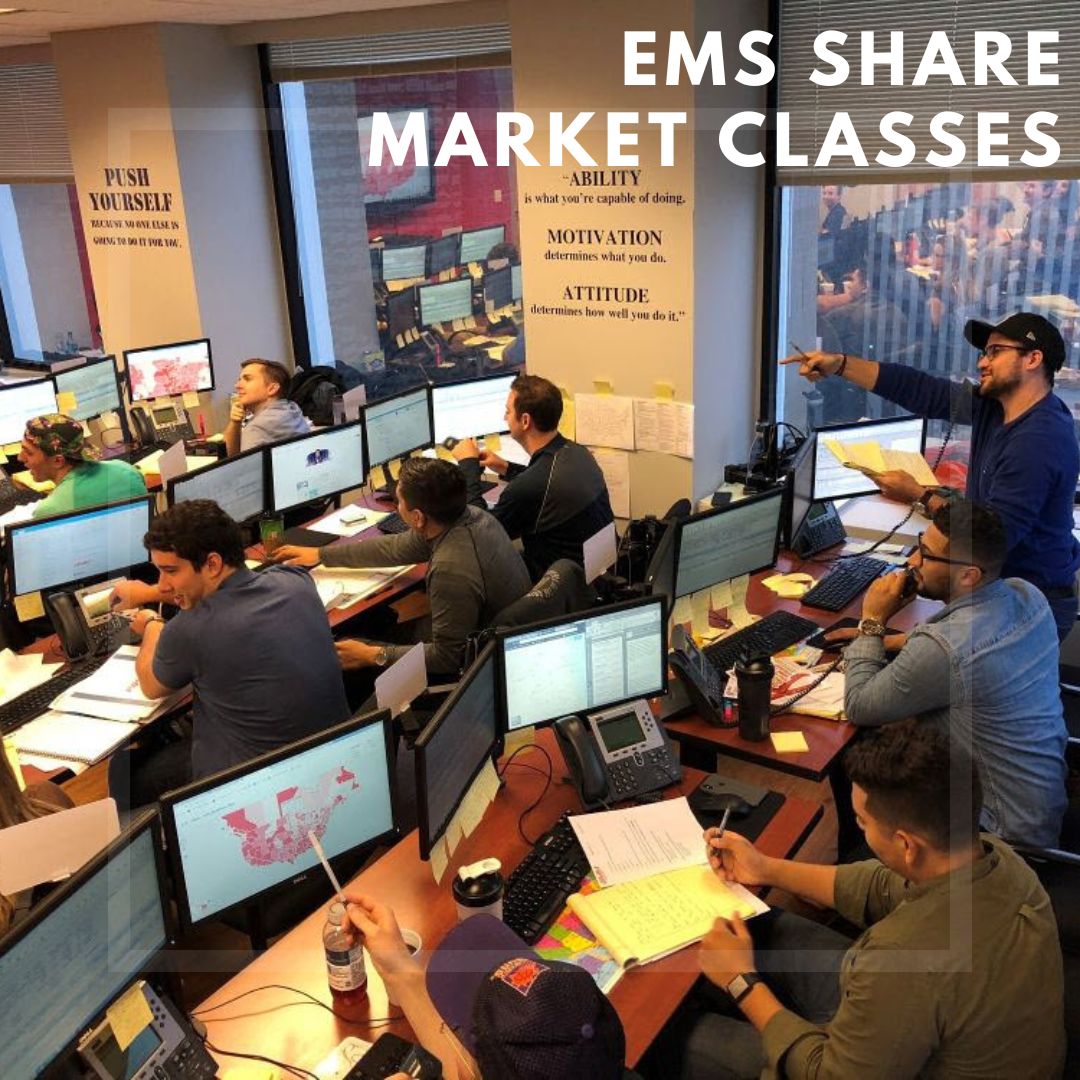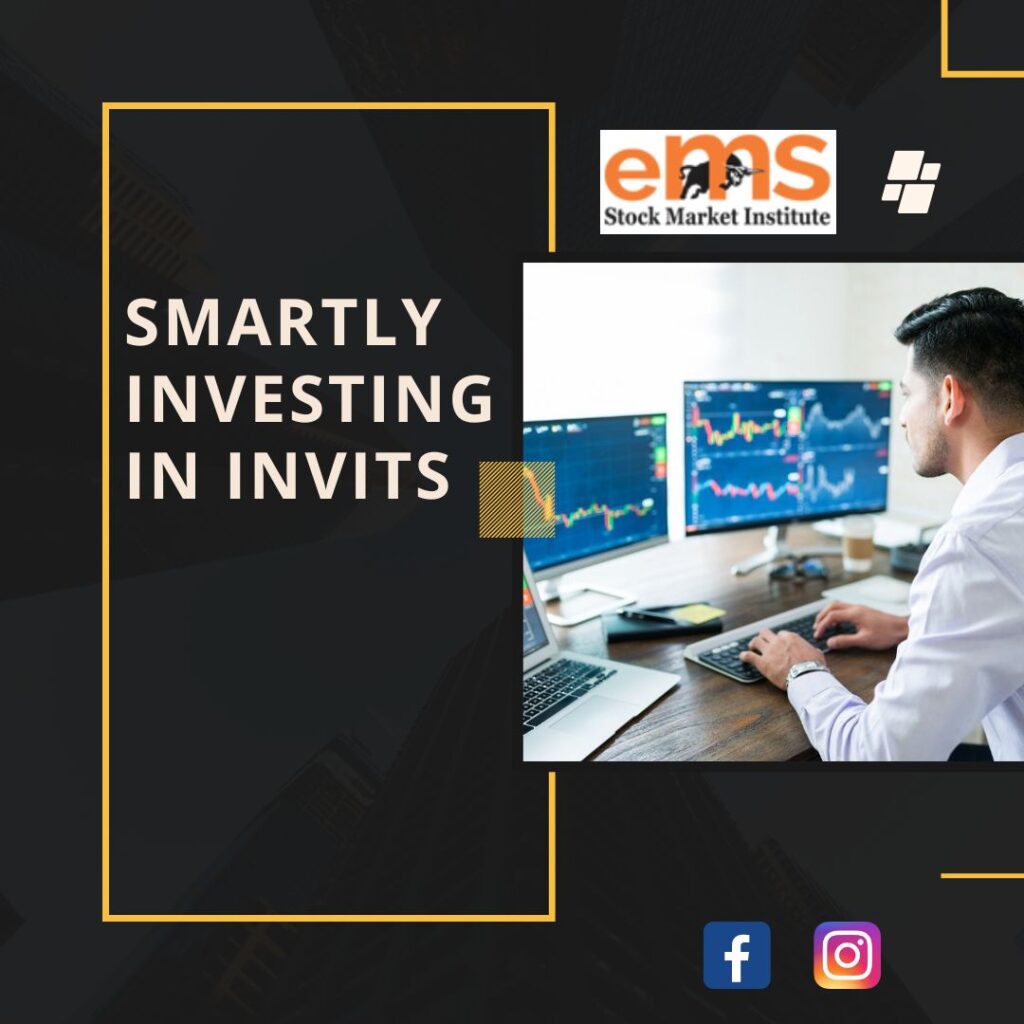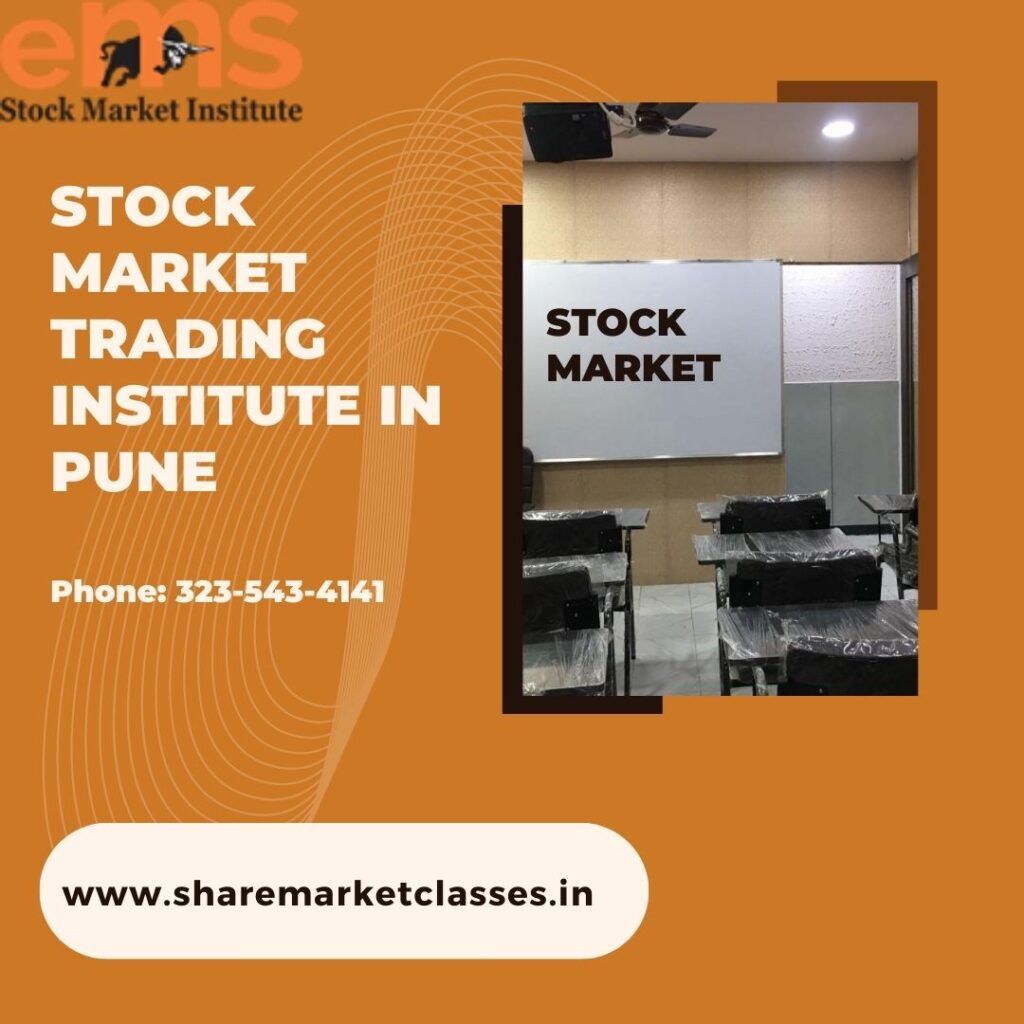Welcome to the world of EMS stock market institute. Many students asked us the best way to invest in shares. IPO investment is one of the best ways to make money. An IPO is the short form of Initial Public Offering. An Initial Public Offering is an allotment of shares offered by a private company, for the first time, to the public at large. When a company starts its operations, shares of the company may be owned by specific individuals such as owners, angel investors and others. When a company wishes to grow itself, or expand, it has to raise capital.
Hence, it offers an IPO of its shares to the public, and then gets listed on the stock exchange. A range of investors subscribe to IPOs, and NII meaning in an IPO, is essential if you are planning to invest.
How IPOs Work
You should have a basic idea of how an IPO works. When a private company offers up an IPO for subscription to the general public, investors from the public can choose to be allotted shares of the company. Individual as well as institutional investors can select the number of shares, they would like to buy, but it is up to the company to finally allot a specific amount.
Hence, investors who are individuals who bid for shares worth over Rs. 2 Lakhs in any IPO are called NII or non-institutional bidders/investors.
NII” stands for “Non-institutional investor” or “Non-institutional bidder”. In simple terms, when any individual subscribes to an IPO for an allotment of shares in a company, they are essentially bidding for those shares, as it is up to the company to allot them.
An NII in an IPO is a non-institutional bidder with the following aspects:
- In any IPO, 15% of the offer gets reserved for NIIs
- NIIs may withdraw bids right up to the allotment date
- NIIs cannot make bids at cut-off prices
- It is not mandatory for NIIs to register with the (SEBI)
- Two groups of NIIs exist:
- sNII (those that bid under Rs. 10 Lakhs)
- bNII (those that bid over Rs. 10 Lakhs)
In both the sub-categories above, in case an IPO does not witness over-subscription, all the shares in any respective category are offered as the full allotment in that particular sub-category.
IPO is a lucrative way to invest, an upcoming IPO also balances your financial portfolio.
These may be on a promising growth path. There is nothing better in the world of investment than seeing a company grow from the ground up, and as an NII, you can do this only if you invest. Therefore, IPOs have historically proved as promising avenues for investment, and the idea is to get your allotted shares and hold them for the long term.
So please visit our EMS institute in Deccan Pune for learning more such amazing concepts of Stock Marke t & for Share Market Classes In Pune.



















